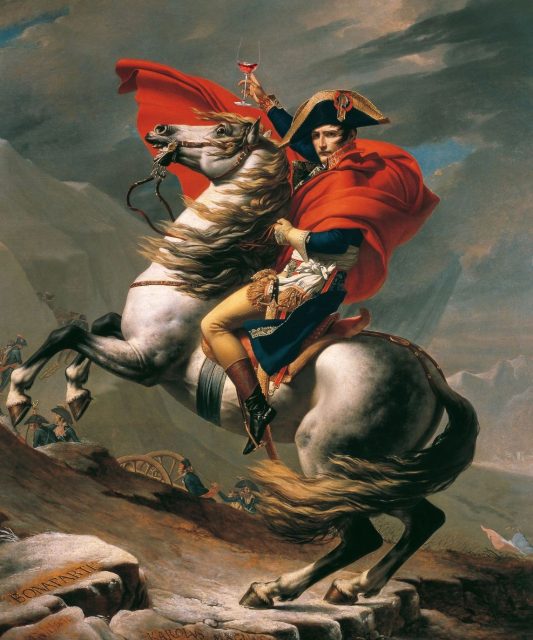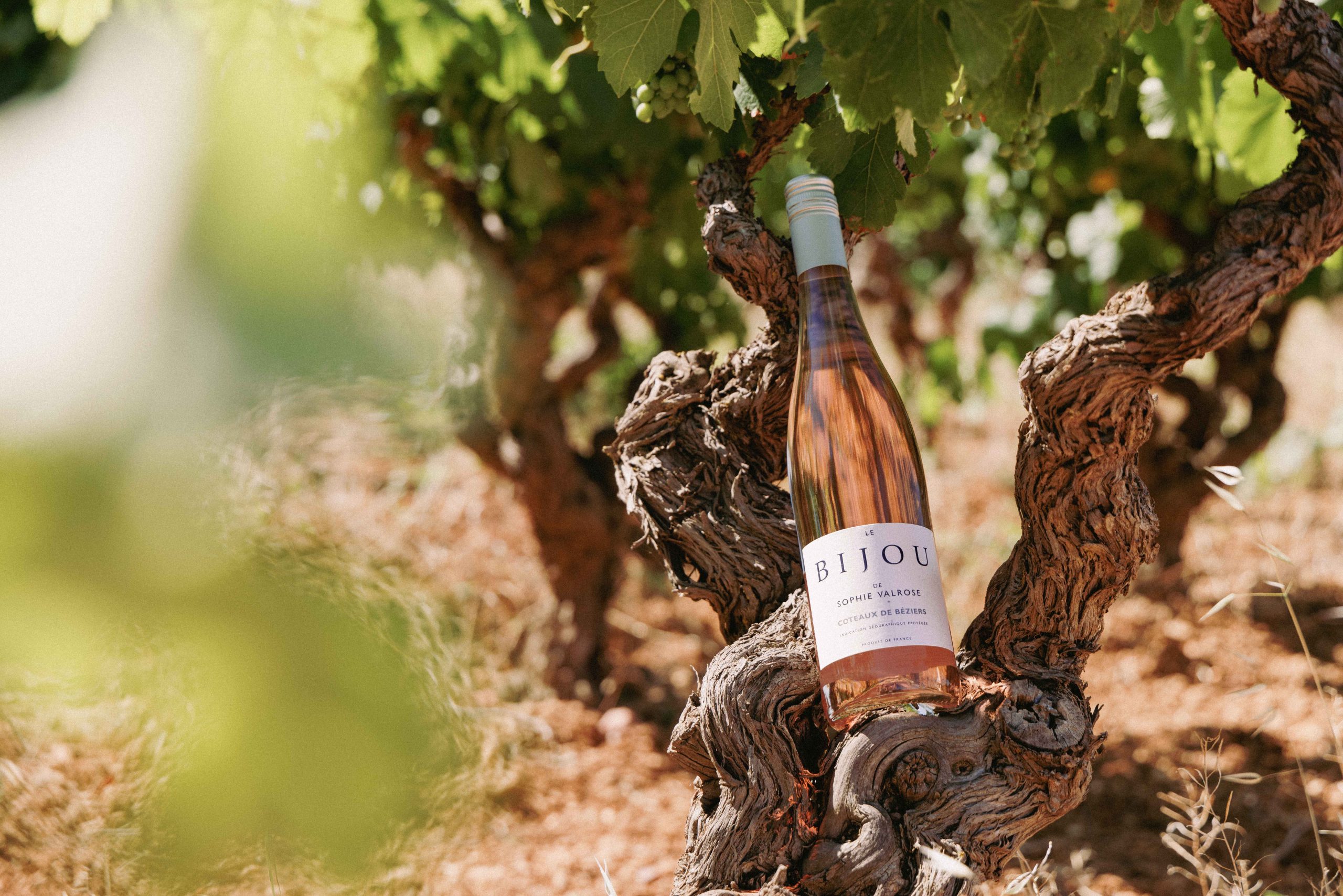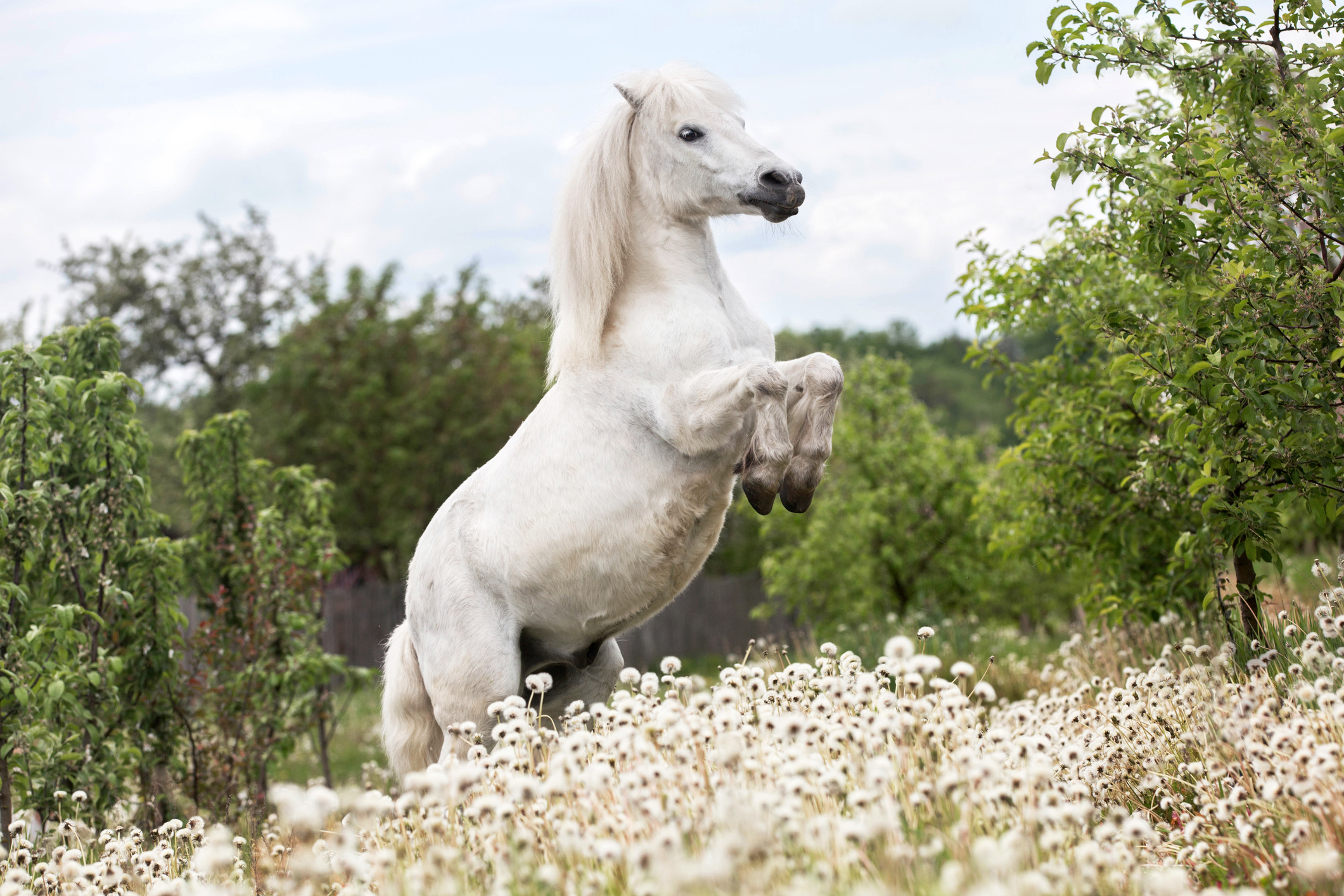Boozing with Bonaparte: what did Napoleon drink?
By Louis ThomasSoldier, emperor and, eventually, exile – Napoleon Bonaparte’s rise from artillery officer to conqueror of Europe is a story that continues to inspire artists, writers and Hollywood directors. But what were the wines behind his success?

Professor Michael Broers, now retired from his post as Professor of Western European History at Oxford, is the author of several books on Bonaparte, including a monumental three volume biography that charts Napoleon’s life from his birth on the island of Corsica in 1769 to his death on the island of St. Helena in 1821. He was also the wine steward at Lady Margaret Hall for many years and is a self-confessed enthusiast of Burgundy and Barbaresco.
Napoleon’s name and iconography, particularly his famous bicorne hat, has been used for branding numerous drinks over the years, from Cognac to mandarin liqueur. Broers also notes that the Russians, despite the Grande Armée’s invasion of the Motherland in 1812, have a penchant for branding bottles with the likeness of the Little Corporal.
However, when it comes to what Napoleon himself liked to sip on, Broers explains to the drinks business that he came from a culture where heavy drinking was frowned upon: “He was very abstemious. It is a particular Italian culture, which is dying out now, where it is a shameful thing to be seen to be under the influence of alcohol.”
Napoleone Buonaparte, as he was named at birth, did show his Italian heritage through his fondness of one beverage in particular: “He enjoyed things, but he didn’t like to drink too much, he didn’t like to be under the influence of anything, he didn’t smoke, he didn’t take stuff, but he was addicted to his strong coffee, when he could get it. He always insisted with Josephine at the end of the dinner, if it was a small gathering, that he made the coffee, unless there was another Italian there.”
Napoleon’s relatively humble beginnings can also be seen in the first wines he would have drank.
“In those days, unless you were very wealthy, you drank the wine of where you came from,” Broers explains. In the case of the Corsican wine the Buonapartes were drinking, it was a “fairly rough, rustic red. Thick stuff. You would cut it with water, you might put honey in it. He never developed really sophisticated tastes.”
Broers shares that the older Buonaparte siblings, Napoleon, Joseph, Lucian and Elisa, who had grown up on Corsica were used to this style of wine, enjoying it with a traditional island dish like roast goat.
But Napoleon did not stay on Corsica – a military career would not only eventually propel him to power, it also exposed him to a greater range of wine than he had at home. The saying “an army marches on its stomach” is widely attributed to Napoleon, and on campaign it seems that he did make the most of the local vinous resources as well.
“He never developed really sophisticated tastes, he was a typical soldier – he drank whatever there was at his posting.”
“In the two Italian campaigns [starting in 1796] he was in Piemonte, and he did rather like the basic working man’s Piemontese wine, which is made from Barbera – Barbera d’Asti and Barbera del Monferrato. That’s what he drank after the Battle of Marengo [1800] with his chicken.”
When asked whether Napoleon was known to be partial to Piemonte’s most famous fine wines, Barolo and Barbaresco, Broers says: “I’ve never heard him mention the big boys at all, but he didn’t stop off over that way for too long.”
Broers also shares that it was fairly common practice for officers on campaign to knock back an eau de vie “to give an energy boost before battle”, and Napoleon was known to very occasionally partake.
Napoleon’s relatively moderate alcohol intake certainly was at odds with the drinking habits of some of his marshals, as Broers explains: “Ney and Murat were Gascon, from the South West, now that’s a hard-drinking region. These guys put it away. He wasn’t like that, maybe because he was in the artillery and they were the geeks. One of his marshals, Marmont, also came from the artillery and he wasn’t a hard drinker.”
Partner Content
Despite his abstemiousness and general predilection for “whatever the boys were drinking” (as Broers puts it), there was one fine wine that Napoleon particularly adored.
“He liked good red Burgundy. His favourite wine was Gevrey-Chambertin. He loved it, he made no bones about it. But he did not knock it back.”
He likely developed his taste for the wine when he was training at the artillery academy at Auxonne in the late-1780s, around the time the Revolution broke out.
There is even an enduring myth that when units of Napoleon’s Grande Armée marched through the Côte-d’Or they had to present arms when they passed a Grand Cru. Napoleon himself took a few crates of Gevrey-Chambertin to Russia with him, perhaps one of the few wise decisions he made on that campaign.
“When he became Emperor [in 1804], it was suggested to him that Louis XIV always enjoyed a glass of Gevrey-Chambertin at 11 in the morning, cut with water. Napoleon was asked whether he wanted to revive that tradition and he was horrified,” Broers reveals. “He didn’t drink before lunch, and he wouldn’t dilute such a delicate wine with water.”
Napoleon wasn’t just content with drinking Burgundy himself, he, or rather his economic advisers, intended to boost consumption across the Empire.
“There was this economic masterplan to flood western and southern Germany with red Burgundy to make the Burgundy region very rich, as they were always very loyal to him.”
Napoleon’s folk hero status remains in Burgundy. Fixin’s Domaine Pierre Gelin produces a Premier Cru Clos Napoléon, its label adorned with a sketch of a memorial statue to the late Emperor, also in Fixin, that was commissioned by Old Guard veteran Claude Noisot in 1840.
However, while Napoleon enjoyed his Burgundy (though not to excess), some wines just disagreed with him, and he disagreed with them.
“He did not like Champagne. It was another area that was very loyal to him, and he went to the École de Brienne, but he did not like it. It was fizzy, it made him feel gassy.”
Broers mentions a possibly apocryphal story from Napoleon’s wedding to his second wife, Austrian-born Marie Louise, in 1810: “She said that she didn’t like Champagne either, because it disagreed with her, which is funny because she was a beer drinker. She claimed she was embarrassed to drink it in public because it made her want to burp, and he said that he was the same. They conspired to work out a way to pretend to be enjoying the Champagne to be polite, without having to actually drink it – they developed this way of just taking a couple of sips without emptying the glass, otherwise the servants would fill it up again.”
“He just never developed those tastes – I don’t know how it worked with Josephine [his first wife], as obviously she was a bubbles girl,” say Broers. “I think he let Josephine do his drinking for him!”
Napoleon: The Decline and Fall of an Empire: 1811-1821, the final instalment in Broer’s biographical trilogy on Bonaparte, is available to buy now.
Related news
Will white wine be central to Burgundy's future success in Asia?




